![]()
8.12.23
How to Blow Up a Pipeline does a pretty good job, initially, at immersing viewers in its direct and divisive narrative on eco-terrorism. Like the book it was modelled on, it attempts to offer a call to action encouraging civil disobedience, justifying property damage as minor compared to the larger climate vandalism carried out by ‘Big Oil’ companies.
The film’s non-linear narrative structure is an interesting touch, unravelling the characters’ motivations for joining the coalition and taking down the pipeline. Each character’s personal stakes in the fight against environmental degradation adds respectable depth and the build-up to the final set piece is pretty intense and entertaining. However, while the film introduces compelling characters, they come across as somewhat juvenile and lack the character needed to make them truly impactful or significant.
At least in intention through the film’s casting, the inclusion of both young Gen Z actors and familiar faces from the 2000s and 1990s, such as Jake Weary (It Follows, Animal Kingdom) and Irene Bedard (the voice actor for Disney’s Pocahontas) feels like a smart move. However, the acting overall doesn’t stand out, with the tension and the film’s message taking centre precedence over any single performance.
Despite its flaws, How to Blow Up a Pipeline somewhat delivers a bold narrative that, while not serving as a convincing calling card for green radicalism, serves more like a pamphlet or advertisement for a larger discourse. I feel like it’s a film that wants to be taken seriously, but may have to settle as one that simply gets people’s attention in the very short term. It is unapologetic and honourably committed to its message, which makes it a noteworthy addition to the conversation surrounding the impending climate crisis.
